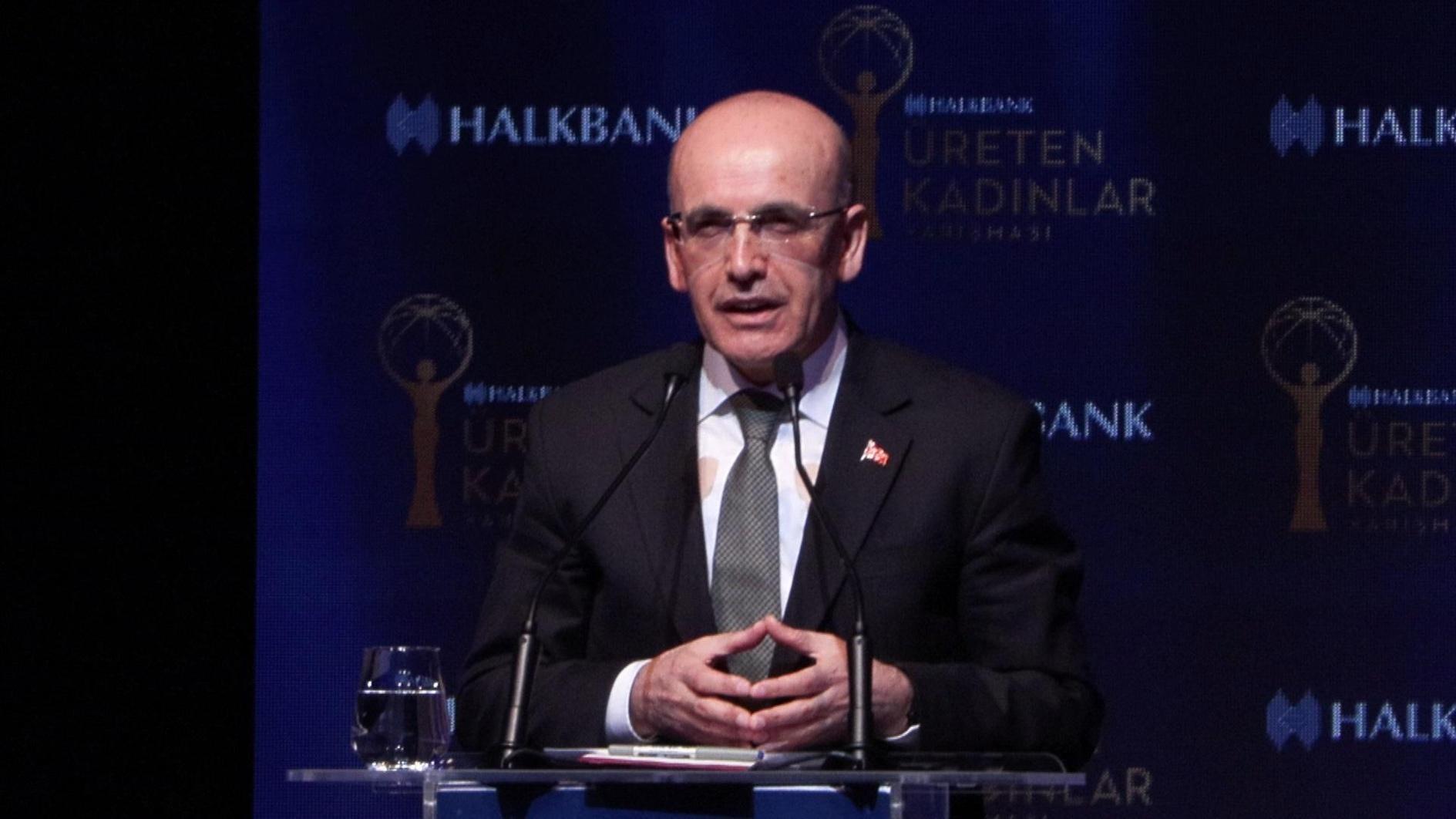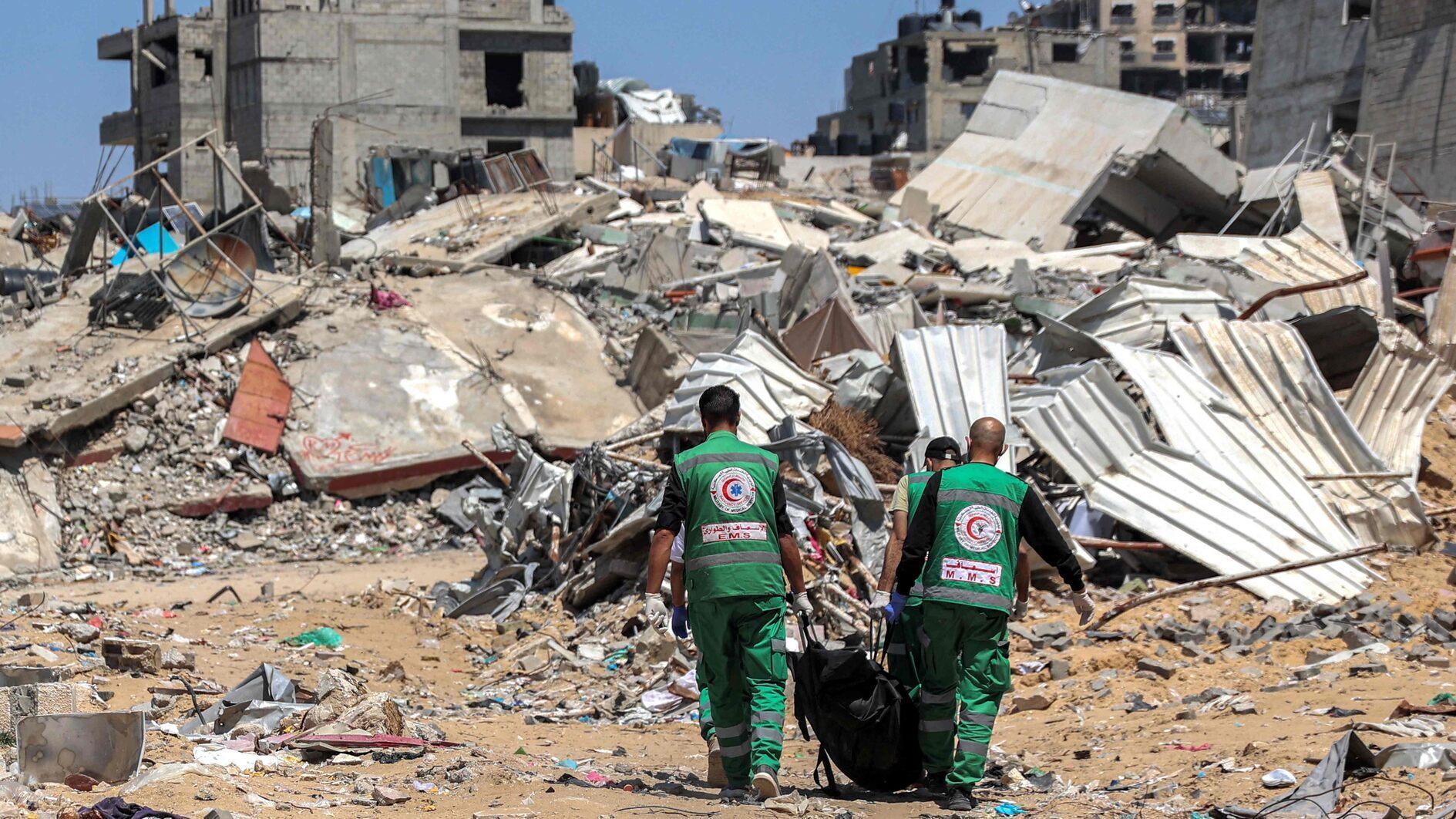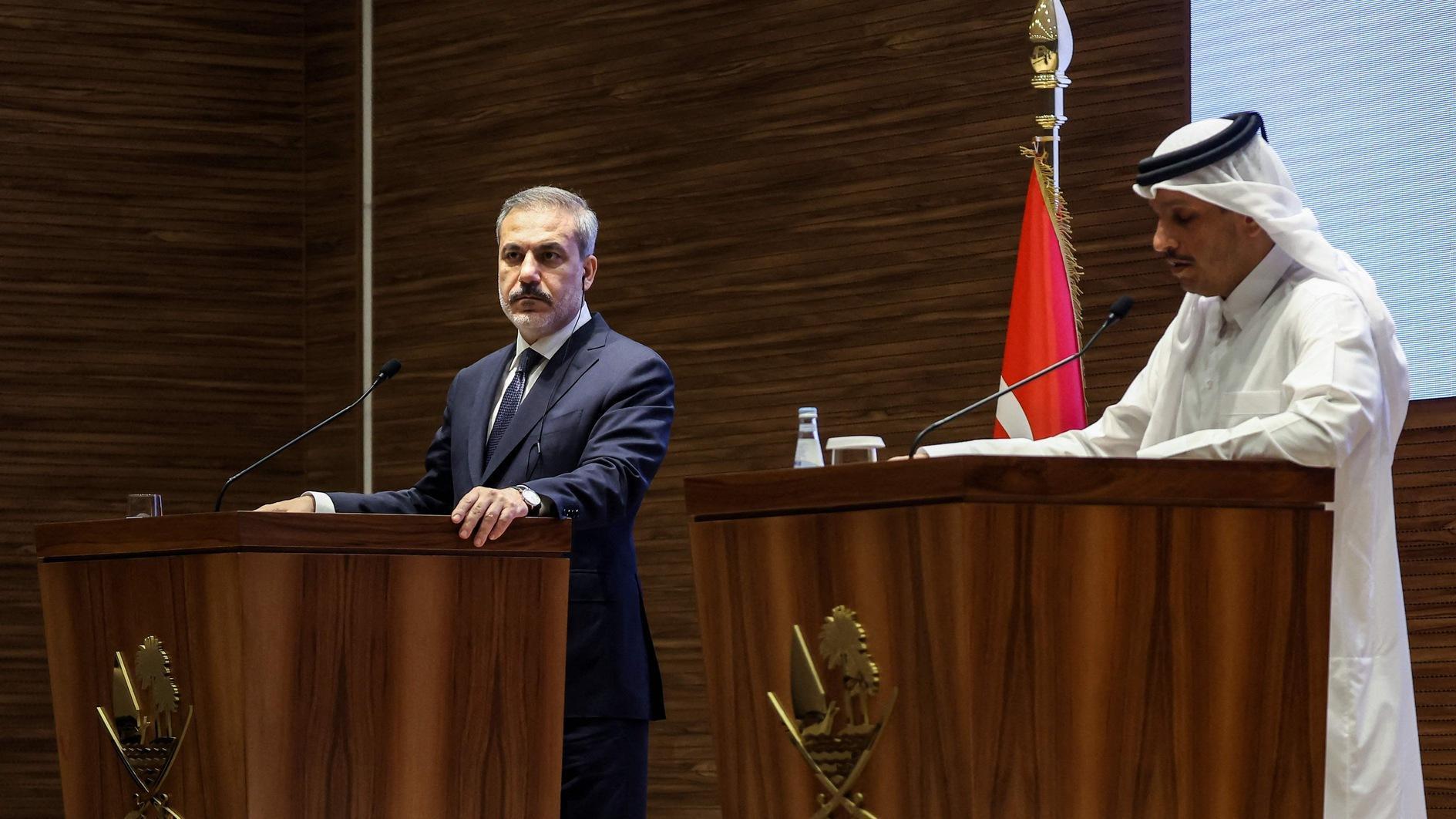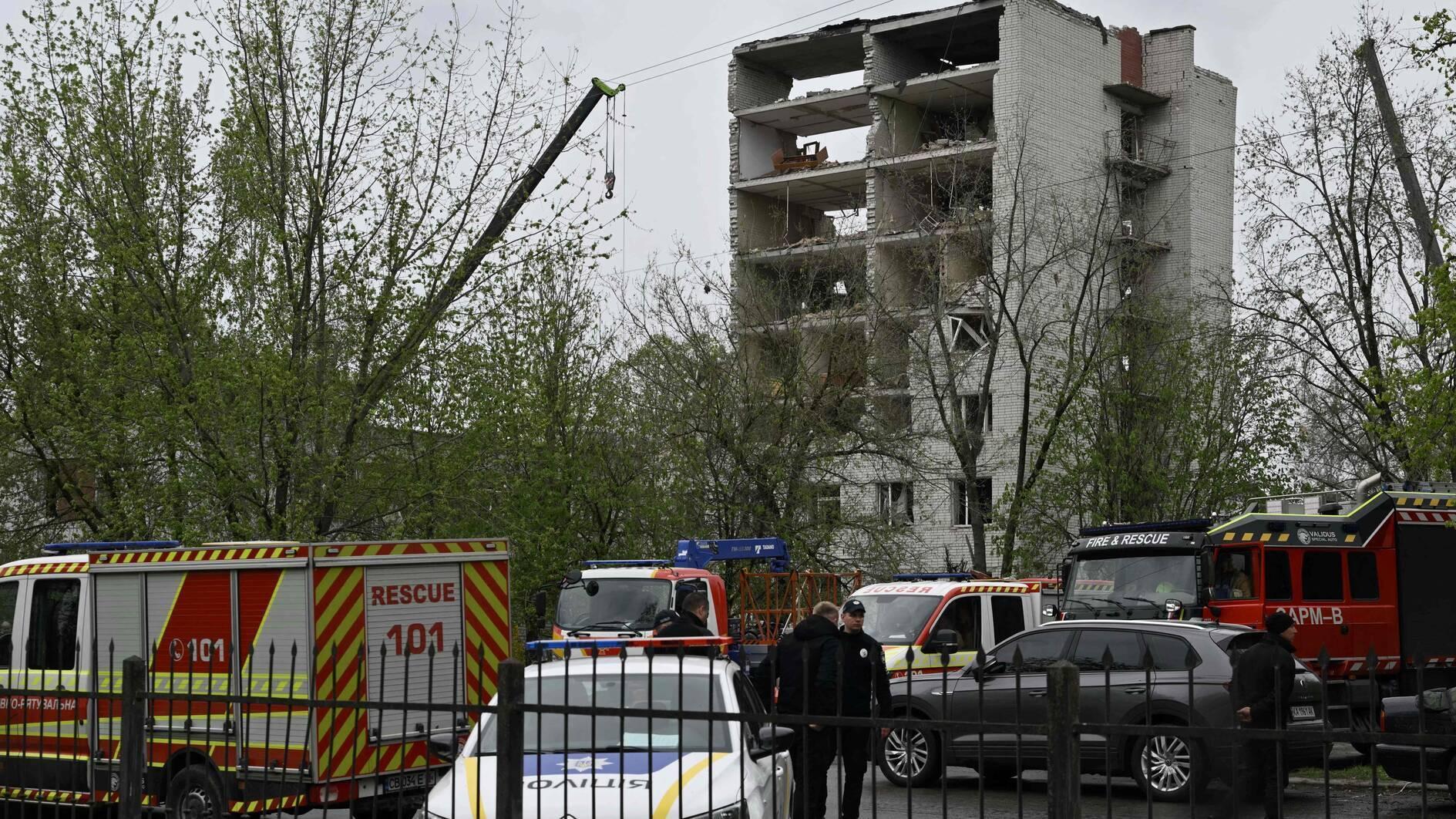East Jerusalem hospital fills up after Israeli attack on Al-Aqsa
JERUSALEM/GAZA CITY
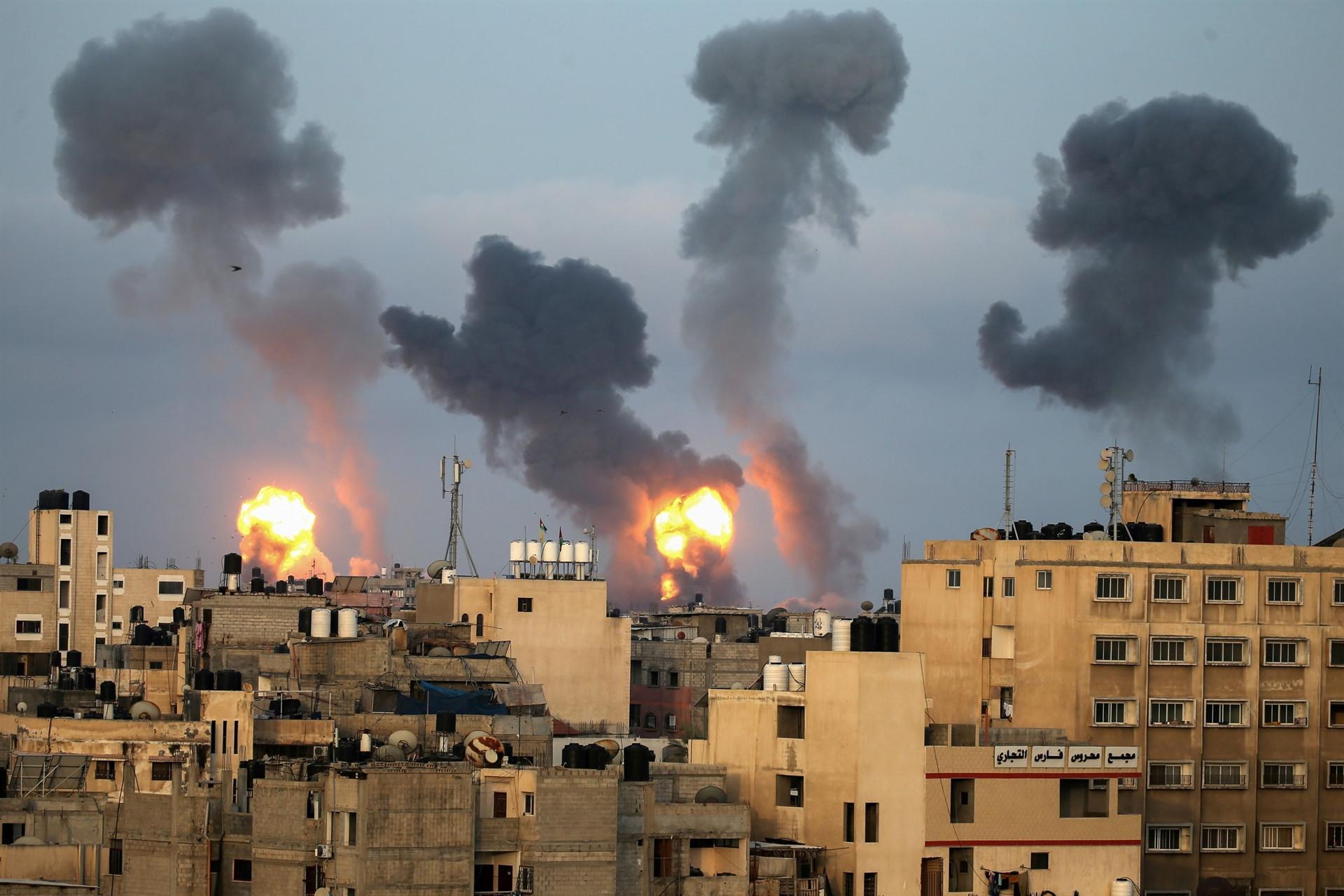
Palestinians wounded after the Israeli attack at the Al-Aqsa mosque compound have filled the halls of an east Jerusalem hospital, where several had lost an eye after being hit by rubber bullets.
Ezzedine, a 19-year-old carpenter from the West Bank city of Nablus, said on May 10 that doctors at the large Makassed Hospital told him he would not regain sight in his left eye after being injured at the flashpoint site.
He said he came to Al-Aqsa to perform Ramadan prayers on May 7 night when police began firing stun grenades and tear gas.
"They want to take a place that's not theirs," he told AFP, referring to Israel's actions at Islam's third holiest site, which is also revered by Jews who call it the Temple Mount.
Rights group Amnesty International said that "Israeli forces have repeatedly deployed disproportionate and unlawful force to disperse protesters during violent raids on al-Aqsa mosque".
More than 700 Palestinians, and more than two dozen Israeli police, have been wounded since May 7 in violence at Al-Aqsa and in other parts of Israeli-occupied east Jerusalem.
The youngest of six brothers and sisters, Ezzedine declined to give his last name because he had slipped into Jerusalem illegally to pray.
Makassed director general Adnan Farhoud said the hospital had received over 200 patients since the unrest began.
Most injuries were to the head, chest and limbs, he said - arguing the wounds showed that Israeli forces intended to cause significant injury.
When "you mean to harm someone, you shoot at the head", he told AFP.
The Palestinian Red Crescent said it opened a field hospital to treat the wounded before evacuating patients to a local hospital.
The Augustus Victoria hospital in east Jerusalem opened a special emergency room to treat the injured.
Farhoud said the violence in Jerusalem was the worst he had seen in years, although less severe than in 1990, when nearly 20 Palestinians were killed in clashes with police at Al-Aqsa.
"Before, they were using live bullets," Farhoud said. "Now, they're using rubber bullets."
One patient who was wheeled into surgery had suffered a spleen injury after being hit with a rubber bullet.
Siraj, 24, sat in a wheelchair in jeans torn away from his legs, which were both wrapped in white gauze.
White paint covered his shirt from his early morning work renovating apartments.
He said he went from work to Al-Aqsa to pray and was wounded when Israeli police entered the mosque and began firing stun grenades.
"They shot everyone, young and old people," he said. "They shot a stun grenade toward me and hit my legs. I feel the pain and I hope it subsides."
The Israeli actions have served to "provoke the youths", argued Siraj.
The police intervened with plastic bullets and stun grenades in a dispute between young Palestinians and Israeli police in front of Al-Aqsa’s Al-Maghariba Gate, he said.
During the attack, a fire broke out and spread to a tree in the Haram al-Sharif, Dibs said, adding it was extinguished by the fire brigade. The attack continued for a long time, he added.
Young Palestinians set up small barricades inside the Al-Aqsa Mosque complex, located in the Old City of Jerusalem, and hung Palestinian flags.
Israel resumes airstrikes on Gaza Strip
In the meantime, Israeli warplanes conducted new airstrikes in the blockaded Gaza Strip early on May 11. Warplanes continue to attack various parts of the territory, according to Anadolu Agency's correspondent in the region.
The warplanes struck the port area in the city of Khan Yunis in the southern Gaza Strip. They also hit positions of Palestinian resistance groups in the western Gaza Strip.
A position of a Palestinian resistance group in northern Gaza was also struck. The resistance groups responded with rocket fire.
The strike hit a house in the west of the Gaza Strip. One of the killed was a woman and another was a disabled person, an official from the Civil Defense teams told Anadolu Agency.
The death toll from Israeli strikes on Gaza Strip rose to 28, including 10 children and one woman while 152 more people were wounded, according to the Palestinian Health Ministry.
One of the nine children who were killed was a 10-year-old girl and the others were boys of various ages, according to an earlier statement by the ministry.
The Israeli army announced the launch of Operation Guardian of the Walls late on May 10 against the Gaza Strip. It also announced that an air attack was carried out on the Gaza Strip and many rockets were fired from Gaza into southern Israel.

Meanwhile, Israel decided early on May 11 to close the Karem Abu Salem crossing, Gaza’s main commercial trade route, to all entries except humanitarian aid and fuel oil.
Following security consultations, the decision was taken to close the crossing between Israel and Gaza immediately until a second order is issued, the Coordinator of Government Activities in the Territories (COGAT) affiliated with the Israeli Defense Ministry said in a statement.
There are concerns that the closure of Gaza’s main commercial trade route will cause serious humanitarian problems in Gaza, where more than 2 million people have been under blockade for 14 years.
Also, on May 10, Israel announced that it had closed off the Beit Hanoun border crossing in the northern Gaza Strip until further notice.
The Israeli army continued to target more Gaza Strip locations in air strikes as of May 11 afternoon.


